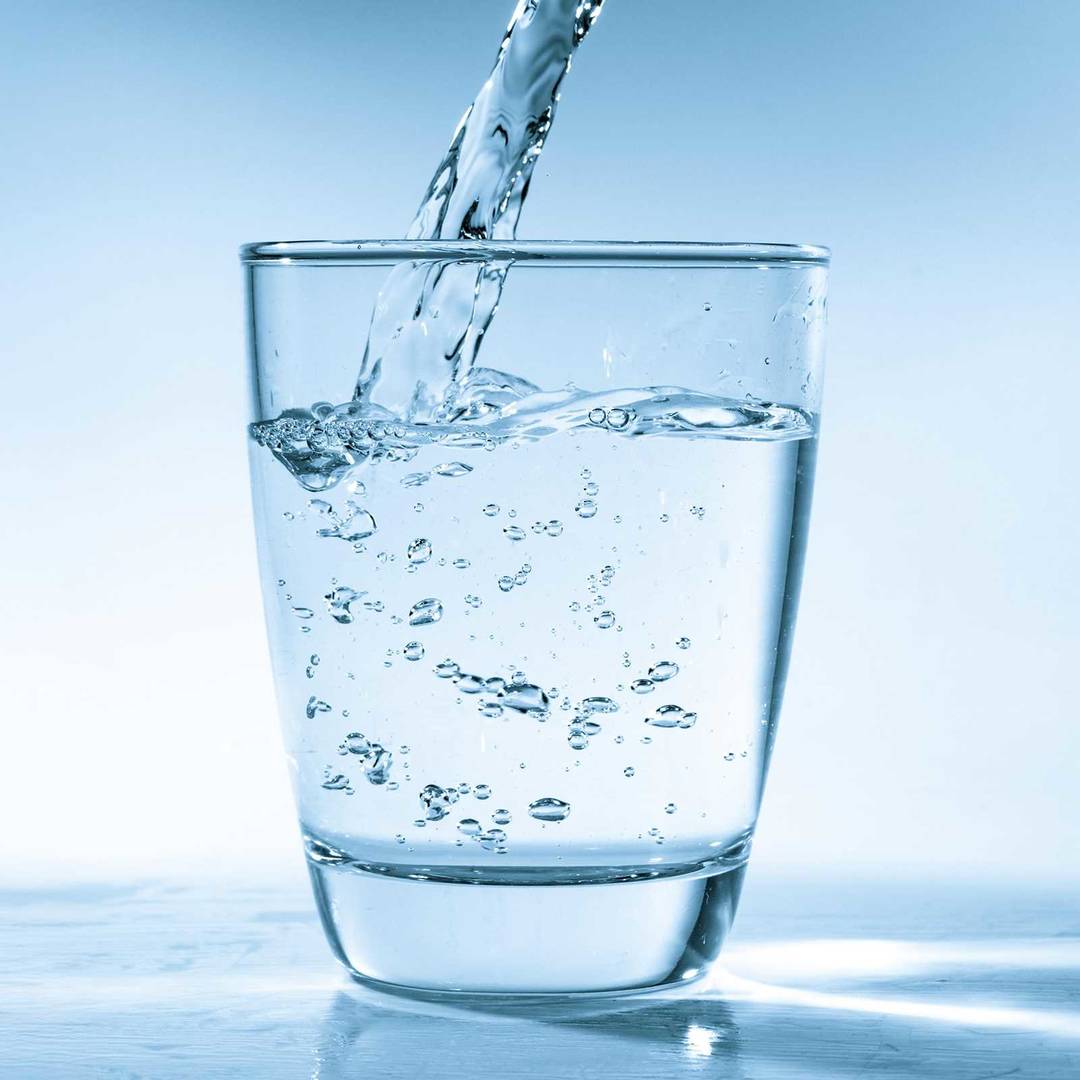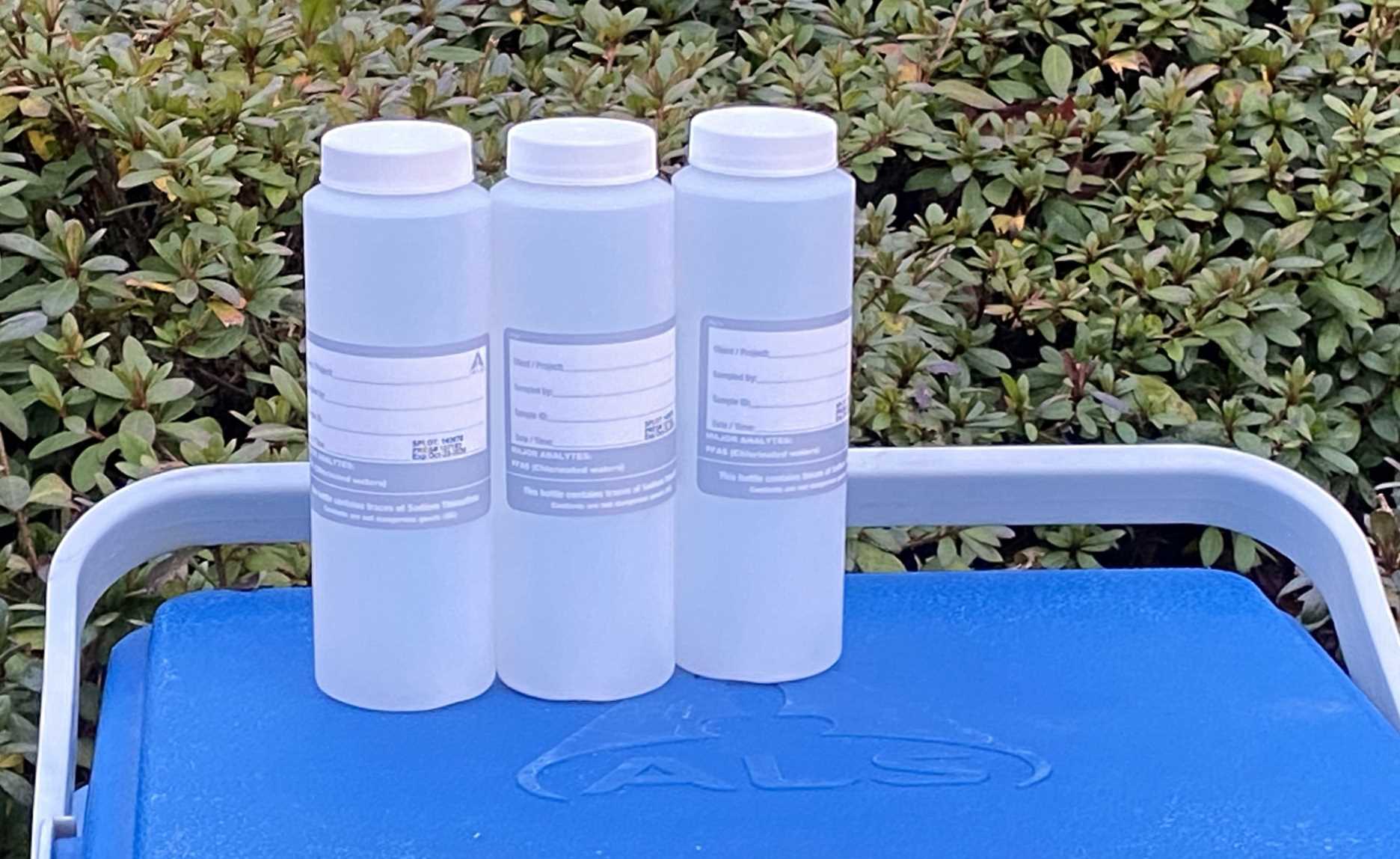EnviroMail 62 Canada
Testing for PFAS to Assess the Health Canada Drinking Water Objective

Health Canada PFAS Drinking Water Objective
On August 9, 2024, Health Canada released a much-anticipated new Canadian Drinking Water Objective for PFAS (per- and polyfluoroalkyl substances), which was established at 30 ng/L for the sum of twenty-five of the most studied and toxicologically potent PFAS, and which also includes the most commonly detected PFAS in drinking waters. Due to the limited availability of toxicological data for many PFAS, Health Canada recommends that PFAS levels in drinking water be maintained “as low as reasonably achievable” (ALARA).
The new objective follows through on Health Canada’s intention (stated April 2021) to address PFAS as a class, due to information that suggests replacements of regulated PFAS such as PFOS and PFOA may also be associated with environmental and human health impacts, and to protect against possible cumulative or synergistic effects.
Health Canada’s drinking water objective for PFAS is externally peer reviewed and was developed in collaboration with the federal, provincial, and territorial committee on drinking water, through extensive review of existing scientific literature and international regulatory criteria. The new objective replaces existing Canadian drinking water guidelines for PFOS and PFOA, as well as screening criteria for nine other PFAS, and has been issued as temporary guidance while more formal drinking water guidelines are developed.
Coverage Includes Full EPA 1633 Analyte Lists
The standard ALS Canada PFAS drinking water test now includes all forty PFAS from US EPA Method 1633. Health Canada advises utilities to test for a broader list of PFAS beyond the twenty-five substances evaluated by the Drinking Water Objective to provide more comprehensive information about the PFAS that may be present in drinking waters. The ALS global PFAS expert team is keeping a close watch on global drinking water testing regulations, with the UK already regulating up to 48 PFAS analytes. ALS may add additional key analytes to this method as appropriate.
Analytical Protocols Based on EPA Methods 533 & 1633
The ALS test for PFAS in drinking water combines the most important elements of the US EPA 533 and 1633 methods, using anion-exchange Solid Phase Extraction (SPE) and LC/MS/MS.
EPA Method 533 is the latest US EPA PFAS method approved and intended for the analysis of drinking waters, and is the primary reference for the ALS drinking water method. Health Canada recommends EPA 533 over EPA 537.1, an older drinking water method which does not utilize current best practices such as isotope dilution. The ALS PFAS drinking water method includes dechlorination using sodium thiosulfate, which has been endorsed by Health Canada and validated by ALS for use with the broader EPA 1633 analyte list.
The ALS drinking water PFAS method incorporates all elements of EPA 1633 that are applicable to drinking waters, including its broader analyte list, its extensive list of extracted and non-extracted isotopically labelled internal standards, and its LC/MS/MS conditions. Our drinking water PFAS method does not utilize the carbon cleanup from Method 1633, which is intended for complex matrix samples. Method 1633 states that carbon cleanup may remove some PFAS from samples with low organic carbon content, which includes most drinking water samples. ALS meets all QC requirements from Method 1633, but we adhere to Method 533 requirements where they are more stringent, because tighter quality control is expected and achievable for drinking waters.
Total PFAS for Health Canada Objective
Total PFAS for comparison to the Health Canada Objective is calculated as the sum of the twenty-five EPA Method 533 PFAS analytes, as listed in Table 2. Values of zero are assigned to PFAS with “non-detect” results below the laboratory’s Limits of Reporting. The detection limit for Total PFAS is computed using the root sum of squares method, as per the CCME analytical methods guidance manual (Guidance Manual for Environmental Site Characterization in Support of Environmental and Human Health Risk Assessment, Volume 4 Analytical Methods, Determination of MDL for Summed Parameters, p. 125, CCME 2016).
Sampling Requirements
Sampling requirements for PFAS in drinking water are summarized in Table 1. Samples are collected in 3 x 250 mL HDPE sample containers, which are pre-charged with sodium thiosulfate for dechlorination (three bottles per sample are required to meet EPA 533 and Ontario MECP quality control requirements). Our 14-day hold time follows the shortest current US EPA hold time for PFAS in drinking water.
Table 1. PFAS Drinking Water Sampling Requirements
| ALS Test Code | E745DW |
| Method References | EPA 533 (mod) + 1633 |
| Sample Containers | 3 x 250 mL (HDPE) |
| Preservation | Sodium Thiosulfate (dechlorination) |
| Hold time | 14 days |

The ALS Waterloo laboratory carries CALA accreditation for this method to the ISO 17025 standard and is licensed by MECP for the analysis of drinking water in Ontario, including all forty of the Method 1633 analytes, as shown in Table 2. Please refer to our scope of accreditation for current status.
Table 2. PFAS Analytes in Drinking Water by EPA Methods 533 & 1633 (modified)
Please contact your ALS Canada Project Manager for more information about testing to meet the new Health Canada Objective for Canadian Drinking Water Quality.















































